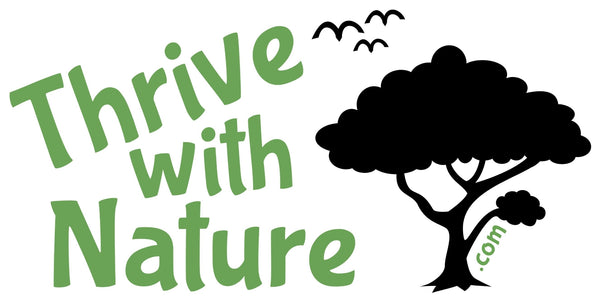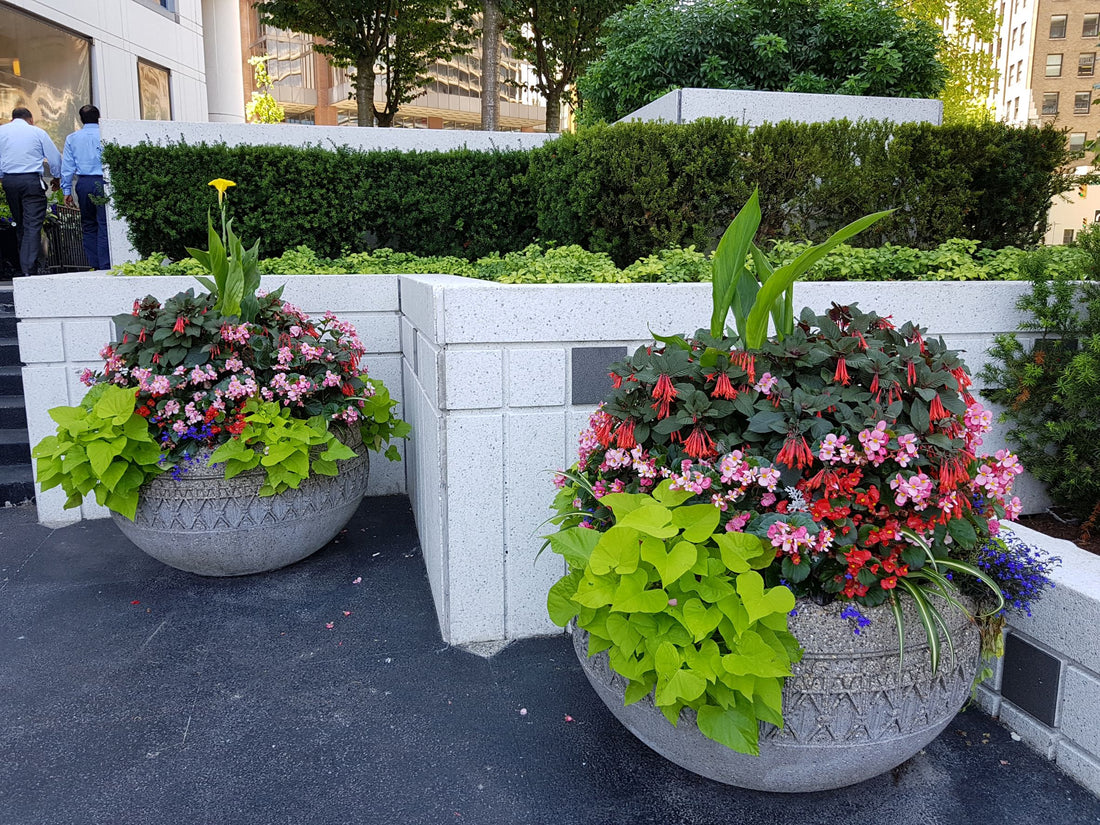First published in AHTA Magazine (Spring 2021, vol. 49, issue 1). Published by the American Horticultural Therapy Association (www.ahta.org).
__________________
Innovative healthcare organizations are offering garden and nature programming to reduce employee stress and burnout.
Five types of nature-based programming are described here, with examples from three countries.
Which ones inspire you to take a restorative nature break?
(Note: Enjoy the photos as nature breaks to restore your focus and concentration. They're not from the places you're reading about.)
Indoor Nature Immersion
At Mount Sinai Hospital in New York City, ‘recharge rooms’ were first created in spring 2020 to give employees a break from the hospital environment. The rooms include comfy armchairs to sink into, a choice of nine nature videos shown on a wall-sized screen, corresponding soundtrack designed by music therapists, aromatherapy, and fake indoor plants.
Despite the lack of living nature, these rooms provide a restorative sense of nature immersion. “In a survey of about 500 visitors… self-reported stress dropped 60 percent after just 15 minutes in the rooms” (Elliot, 2020).

Outdoor Nature Immersion
In Portland, Oregon, Legacy Health conducted research in 2018 to compare how nurse’s stress and burnout were affected by taking breaks indoors in well-appointed break rooms, or outdoors in a well-designed garden.
The result: “In short, taking work breaks in the Legacy Emanuel garden significantly reduced burnout in nurses working in high-stress environments” (Legacy Health, 2018).
Read more about the Legacy Health research and the garden.
Supportive Encouragement to Take Nature Breaks
In a separate research project at Legacy Health, it became clear that direct supervisors play a critical role by supporting and encouraging their employees to take garden breaks. Educating supervisors can thus help employees to adopt healthier habits. (Nature Sacred, 2017).
Get my free nature self-nature poster
In the UK, the National Health Service (NHS) conducted a year-long study at three hospital sites where staff were encouraged to spend time in green space during their workday.
Walking outdoors during a break was the most common activity. Employees reported benefits including “feeling relaxed and calm, refreshed and re-energized and positive effects on mental and physical wellbeing” (Newson et al., 2020).

Volunteer Nature Care Opportunities
Broomfield Hospital, one of the three NHS sites, has improved several green spaces and gardens over the last few years with volunteer help from staff and community members. Combining education with hands-on volunteering, this initiative is led by the hospital’s sustainability and grounds teams and widely publicized to engage hospital staff.
Burnout Recovery Programming
At the Alnarp Rehabilitation Garden in Sweden, research was conducted from 2002 to 2012 to explore the efficacy of nature-based rehab for burnout recovery. Participants included healthcare professionals who had stopped working because of burnout. They had already completed a more traditional burnout rehab program that hadn’t resulted in a return to work.
The Alnarp program started with solitary quiet rest in the garden, followed in time by more active garden care. They found that a longer 24-week program resulted in 44% of participants returning to full-time work within a year, compared to their shorter programs which had lower (though still impressive) success rates (Grahn et al., 2017).

Next Steps
These five programming types have all proven successful in reducing symptoms of burnout and in re-energizing healthcare employees. Which aspects of these programs might you implement, or advocate for, at your work site?
Want more ideas and inspiration? Nature in the Workplace: Professional Self-Care for Healthcare Providers is a 50-minute video workshop about taking brief, beneficial nature breaks at work. Watch and discuss with your colleagues to build a workplace culture where nature breaks are standard practice. Click here to access the recorded workshop.
References
Elliot, D. (June 12, 2020). How a Virus Triage Tent Became a Serene Oasis for Health Care Workers. The New York Times. https://www.nytimes.com/2020/06/12/nyregion/coronavirus-doctors-mental-health.html
Grahn, P., Pálsdóttir, A. M., Ottosson, J., & Jonsdottir, I. H. (2017). Longer nature-based rehabilitation may contribute to a faster return to work in patients with reactions to severe stress and/or depression. International journal of environmental research and public health, 14(11), 1310. https://www.ncbi.nlm.nih.gov/pmc/articles/PMC5707949/
Legacy Health (2018). Press Release: Legacy's Therapeutic Garden Receives Highest Honor. The Lund Report. https://www.thelundreport.org/content/press-release-legacys-therapeutic-garden-receives-highest-honor
Nature Sacred (May 2, 2017). This Portland Hospital System is Using Nature to Help its Employees Combat Stress. Nature Sacred. https://naturesacred.org/portland-hospital-using-nature-help-employees-combat-stress/
Newson, C., Dandy, S., Gladwell, V., & Hase, A. (October 2020). Space to Breathe: Valuing green space at NHS sites for staff wellbeing. The Centre for Sustainable Healthcare.

